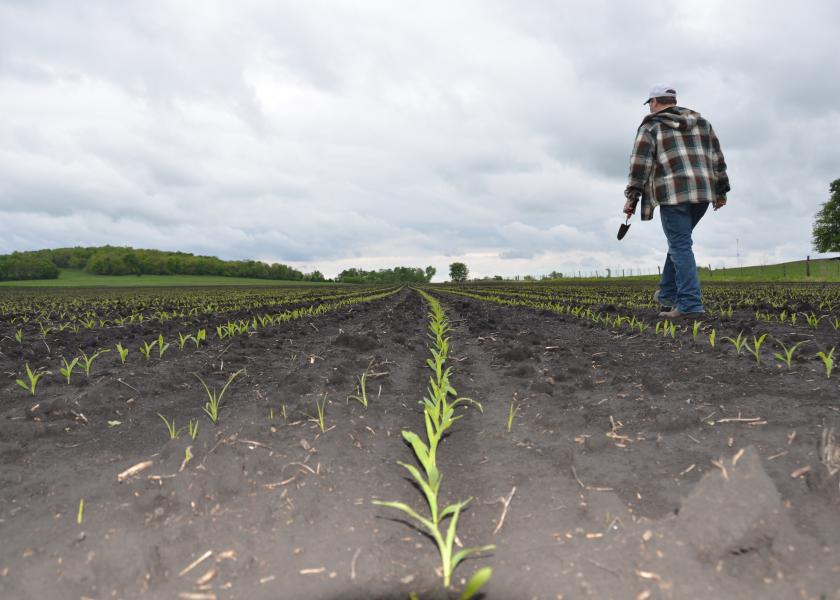Despite Colder Weather, Skin Cancer Risk Looms

The farmer’s tan seems to serve as an icon for the agriculture industry. Planting crops, sorting calves or fixing any of the many things that can go wrong on a farm or ranch typically lead to long days in the hot sun and those infamous tan lines. However, they can also be indicator of damaging exposure to ultraviolet rays and dangerous changes in your health.
Often times, when the temperature starts to go down, the sunscreen gets put up. But the risks for skin cancer are actually just as severe in the winter months. Although there may be less direct exposure, rays are still powerful and can easily cut through clouds. In addition, they can be magnified and reflected by things like water and snow. Take some time this winter and into the coming months to get familiar with your skin health.
Skin cancer is the most common cancer in the United States. At least one in five Americans develop the disease by age 70, according to the Skin Cancer Foundation. More than two of those people die of the illness every hour. When detected early, even the most common and dangerous type of skin cancer, melanoma, has a 99% survival rate.
See the signs
People working in agriculture, forestry or fishing-related industries are at a significantly increased risk of developing skin cancer due to their time outdoors, according to the Noble Research Institute. However, these people are also notorious for prioritizing their work over their health. Knowing how to identify and prevent this devastating disease and taking the time to practice safe sun habits could be the difference between life and death.
Because the success of skin cancer treatment relies on early detection, seeing and understanding the signs of malignant skin lesions are crucial. The Center for Disease Control’s ‘ABCs’ for identifying melanoma can help:
- A-Asymmetry
- Does the spot or mole have an irregular shape? Are there multiple portions that appear different?
- B-Borders
- Does it have uneven, irregular or jagged edges?
- C-Color
- Is the color uneven or varying?
- D-Diameter
- Is it larger than a pea? Has it grown?
- E-Evolving
- Has it changed in shape, size or color? Has it become sensitive or started to bleed?
Other signs include new growths or sores that never heal—but the main indicator of this cancer is any changes in skin. These clues can indicate melanoma but could also be basal cell or squamous cell skin cancers. While basal or squamous still carry risk, these types come with less rigorous treatment upon early detection.
Prevent the problem
Preventing cancer before it starts is the best course of action. Here is how, according to the CDC:
- Seek shade. Limit sun exposure and avoid artificial UVA or UVB rays (such as tanning beds).
- Wear clothing that covers as much skin as possible. Long pants and long-sleeved shirts are ideal.
- Wear a hat, but not a cap. Hats with wide brims of at least four inches are ideal as they cover the face, head, ears and neck.
- Wear sunglasses. The type that wraps around the face block both UVA and UVB rays and is more effective.
- Use sunscreen at all times. An SPF of 15 or higher that specifies UVA and UVB coverage should be worn at every time of year.
Midday hours have the most harmful rays, between 9:00 a.m. and 4 p.m., CDC says, but any exposure can be damaging. Likewise, UV rays are strongest from late spring to early summer, but rays produced at any time of year and in any weather can be threatening to skin health. These rays are particularly strong when reflecting off water, cement, sand or snow. Beware of surroundings and take precautionary measures when in these environments.
Regardless of exposure, it is always important to do self-checks and be aware of bodily changes. Proactive sun safety habits can keep those changes at bay. Intentionality and mindfulness are the keys to avoiding that ominous farmer’s tan and the dangers it could accompany.







